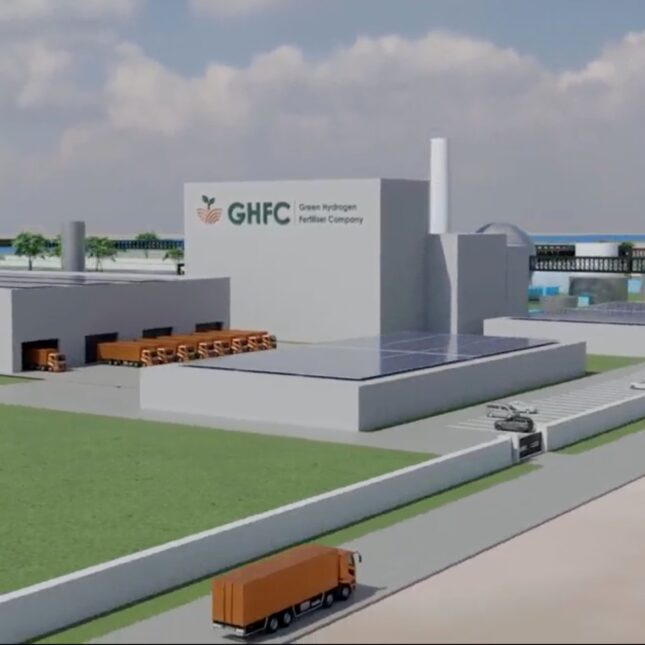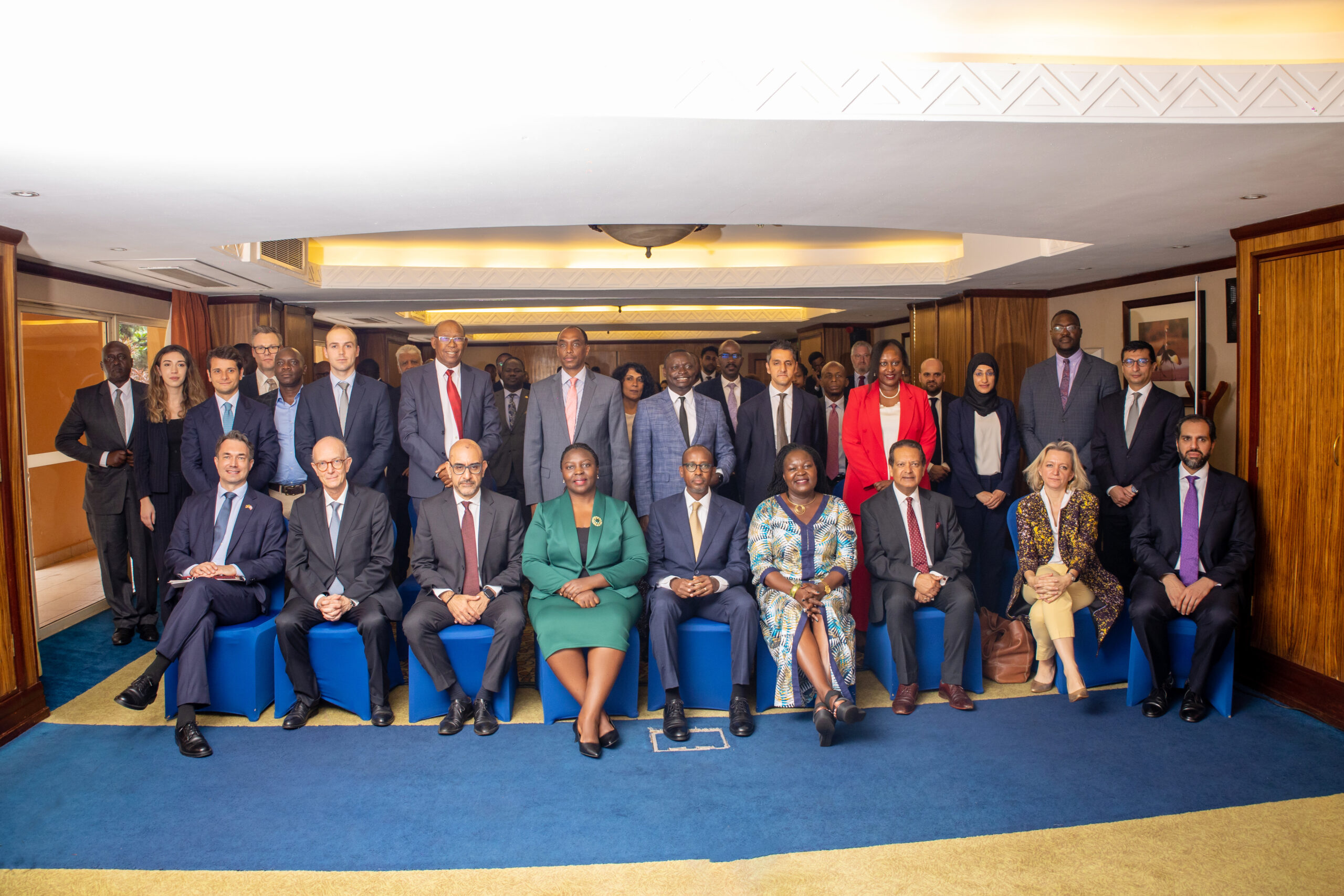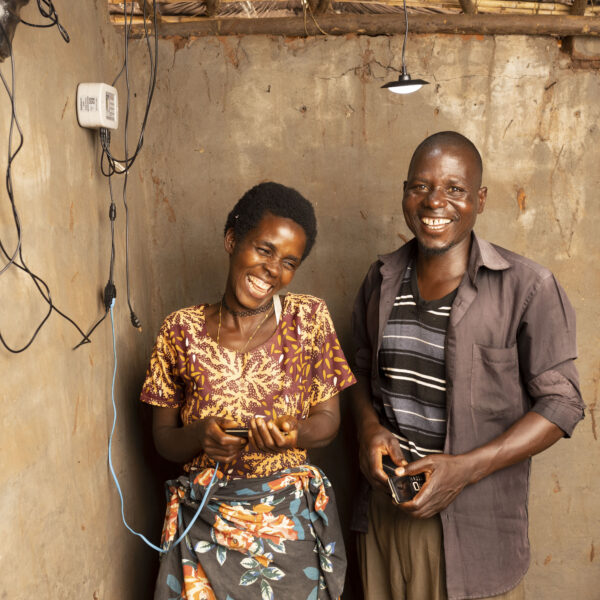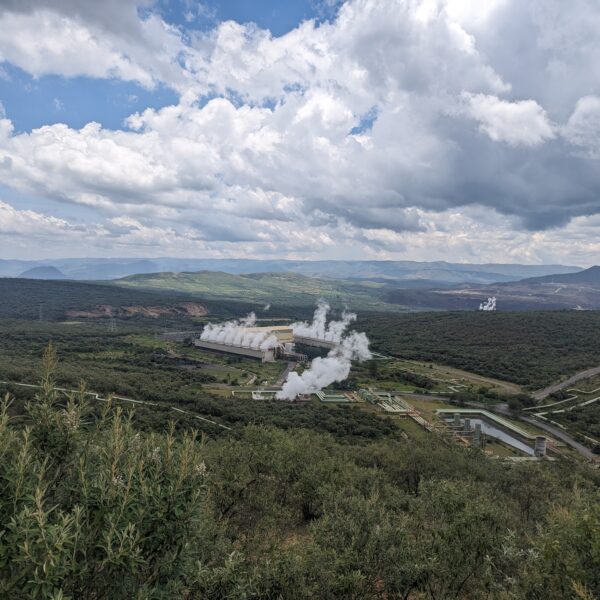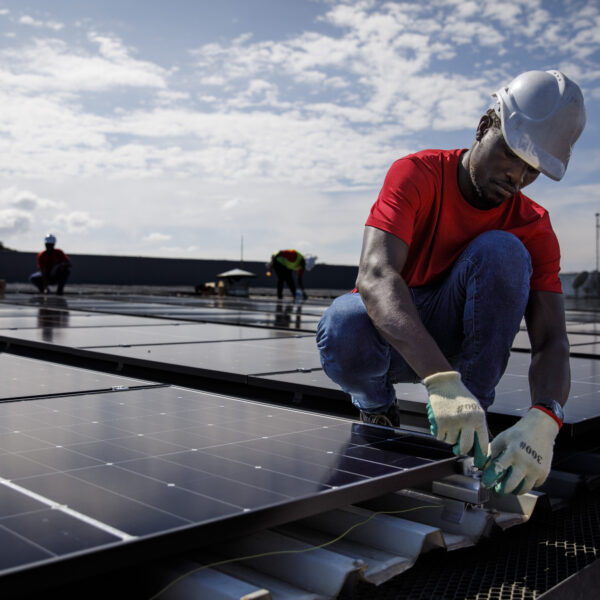The idea is audacious, promising to reshape Ugandan agriculture under the country’s own green power. As the first mover in large-scale green hydrogen fertiliser in Africa, the challenge of raising capital is just as large. In 2025, Westgass and IPS reached out to GET.invest for assistance in taking the next steps. GET.invest immediately got involved in reviewing the company’s financial structure and validating the business model, distilling these into a deck, and setting up a data room for interested financiers, as well as making introductions with some financial institutions that might meet the company’s level of ambition.
Food security under Uganda’s own power
Green Hydrogen Fertiliser Company
Key figures
Country
Uganda
Market Segments
Green Hydrogen
Expected results
Total investment
€420 million
Food security under Uganda’s own power
Green Hydrogen Fertiliser Company
About
Nearly all the world’s synthetic nitrogen fertiliser is produced with fossil fuels. That is bad news for the climate, and it also makes the economics of fertiliser highly inequitable. For example, Ugandan farmers have limited access, and at higher prices, than most of Africa, and that has a lot to do with how it reaches them: from overseas manufacturers via the port of Mombasa and a long, expensive road journey into the heart of the continent. The price swings unpredictably, between 200% and 400% of what fertiliser costs in Europe. Many farmers pay the price anyway, driving imports of 1.5 million tonnes a year in their attempts to raise crop yields and ensure the country’s food security.
There is another way. Technology exists to make fertiliser with green hydrogen, electrolysed from water, in a process powered by clean energy sources. With this technology, Uganda’s mountainous inland geography could be an asset rather than a difficulty: hydroelectric power could energise the production of fertiliser for much greater yields on Ugandan farms. That is the idea behind the Green Hydrogen Fertiliser Company, a joint venture of Westgass – a Norwegian energy firm that develops industrial scale green energy intensive projects – and the infrastructure and industrial development arm of the Aga Khan Fund Economic Development, Industrial Promotion Services (IPS). Its plan for a factory in Karuma, Uganda, powered by a 100 MW hydroelectric plant, would turn locally available renewable resources into fertiliser and farming resilience.
Our support
“Uganda has the resources it needs to become a regional leader in green fertiliser production, with incredible implications for food and income security. GET.invest has brought major European financiers to the table who will help us make this technological leap a reality.”
To run the entire production process, the joint venture is setting up a power purchase agreement with the government-owned hydroelectric plant. In one of the project’s most innovative aspects, GET.invest has advised Westgass and IPS on a special energy pricing mechanism in the proposed agreement that ensures competitive pricing for local farmers, whilst ensuring project bankability.
The outcome
GET.invest’s introductions appeared to bear fruit within just a few months, raising interest from a large European financial institution. The programme is now supporting the Green Hydrogen Fertiliser Company in structuring a term sheet. The very large investment size – with more than €400 million needed for this ambitious facility – is likely to be structured as a syndication involving other financiers, and GET.invest is continuing its work to introduce more.
Once it becomes a reality, green hydrogen fertiliser production on this scale could change Ugandan agriculture from the ground up. An independent and renewably powered fertiliser industry could meet the needs of farmers across the country and increase agricultural productivity two- to four-fold in currently low-yield fields, contributing towards the alleviation of both food insecurity and poverty. Export of green fertiliser to neighbouring countries could follow soon after, replacing more fossil-fuel-made fertiliser on the African market – without hundreds of thousands of tonnes of carbon emissions that the current fertiliser paradigm locks in.
Disclaimer: This story was last updated in October 2025.



